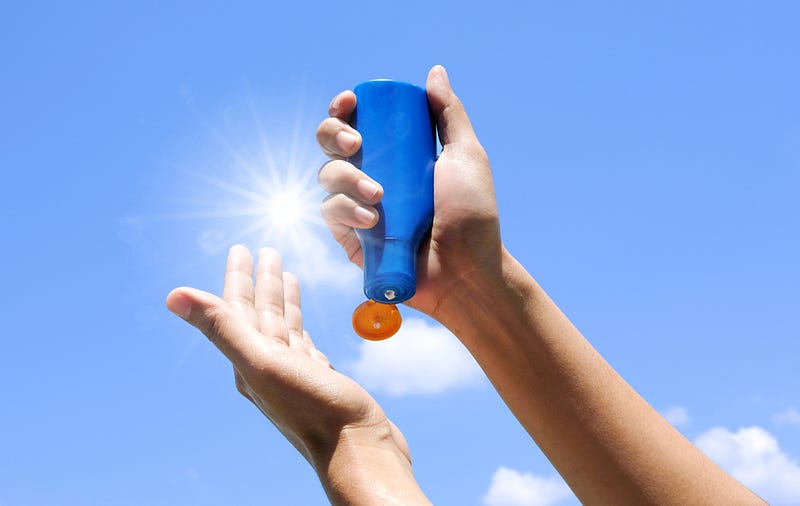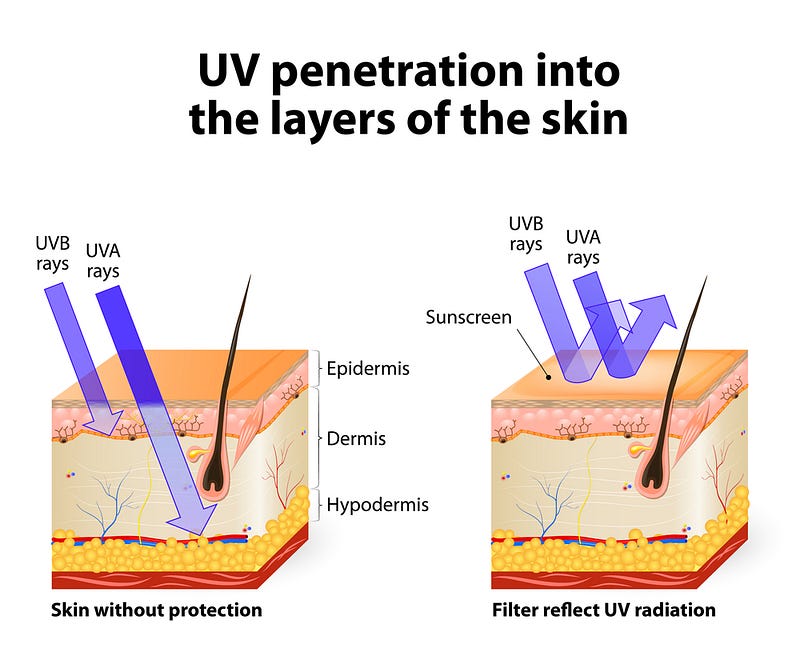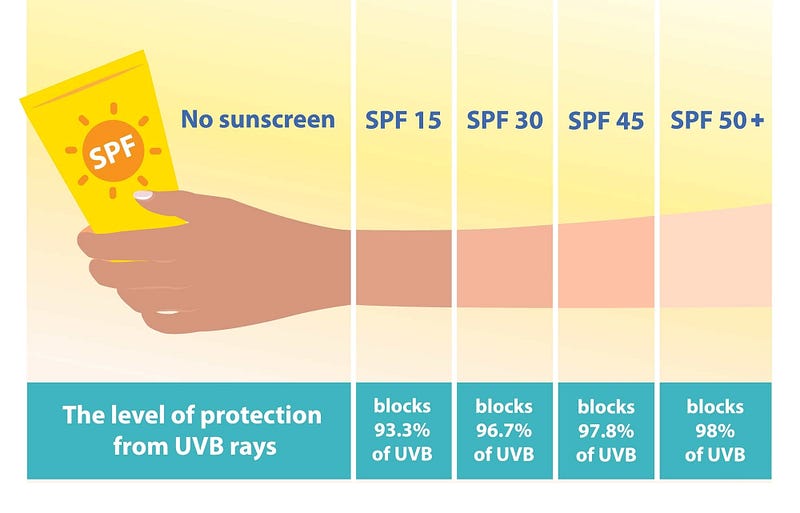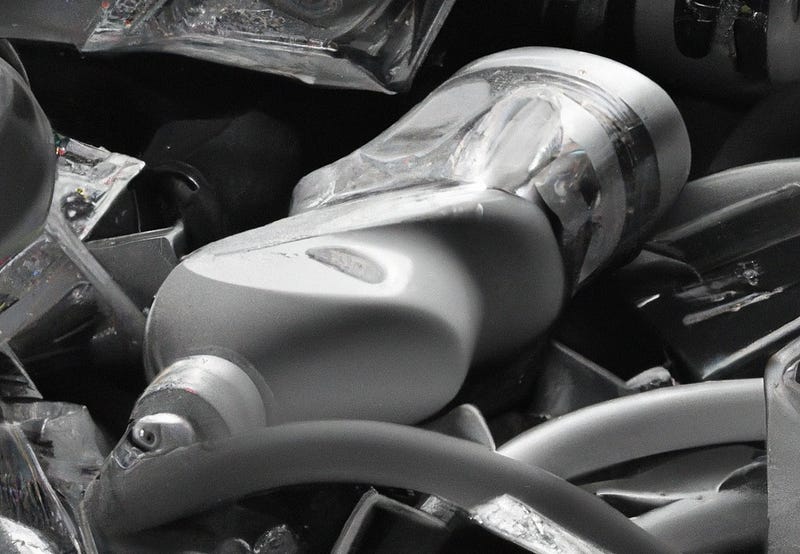Innovative Sunscreen Solutions for a Greener Future
Written on
Understanding the Environmental Impact of Sunscreen
Sunscreen plays a crucial role in protecting our skin, yet it can also pose significant risks to the environment. As we approach warmer months, the importance of sun exposure for vitamin D synthesis becomes clear. However, prolonged sun exposure can lead to skin damage, such as skin cancer and premature aging due to ultraviolet (UV) rays penetrating deeper skin layers.

To guard against UV radiation, dermatologists frequently recommend the use of sunscreen. These products are typically emulsions made of oil and water, enhanced with UV filters designed to either absorb or reflect harmful sunlight. Two main categories of these filters exist:
- Inorganic Filters: Found in physical sunscreens, these are metallic compounds like titanium dioxide or zinc oxide that primarily reflect UV rays while absorbing some and converting them into heat.
- Organic Filters: Present in chemical sunscreens, these complex compounds absorb UV light, transforming it into heat energy.

Despite their protective benefits for humans, these filters can adversely affect wildlife and ecosystems. Research indicates that organic filters may harm marine species' fertility and reproduction, while inorganic filters contribute to heavy metal pollution in aquatic environments.
As sunscreen usage grows—particularly with rising tourism—it's imperative to minimize its ecological footprint. Here’s how we can enhance the environmental compatibility of sunscreen:
The Role of Design in Eco-Friendly Sunscreens
One of the primary methods to reduce the environmental impact of sunscreen is through thoughtful design. This involves optimizing the formulation, which includes the balance of organic and inorganic filters, oils, and lotions necessary for achieving the desired solar protection factor (SPF). For example, an SPF of 50 offers more protection than an SPF of 15, allowing skin to remain unburned for significantly longer.

Improving formulation can also involve minimizing the environmental effects of ingredients. Utilizing smaller particles allows for a thinner application, reducing the amount of metal needed while ensuring adequate protection. However, it's essential to maintain particle size above approximately 20 nm to prevent bioaccumulation in aquatic life.
Additionally, enhancing the retention factor—the duration that sunscreen remains effective on the skin—can significantly reduce its introduction into water systems. Approximately one-third of sunscreen is washed off within 30 minutes of activity, and half is lost after two hours. Longer-lasting formulations are less likely to pollute aquatic ecosystems.
Lastly, opting for non-toxic chemicals in organic filters can mitigate environmental damage.
Waste Management Strategies for Sunscreens
Effective waste management is another critical area for reducing the ecological footprint of sunscreen. One key strategy is ensuring that wastewater treatment facilities can effectively filter out harmful metals and organic substances before they reach surface waters. Since around 90% of sunscreen is rinsed off during showers, this is crucial.
Proper management of sunscreen packaging is equally important. When containers are recycled, any leftover product can wash away and enter the water supply, depending on recycling practices. Should the containers end up in landfills, rain can leach chemicals into the ground, posing a risk to groundwater and surface water.

When incinerated, UV filters can concentrate in ash, leading to potential contamination of surface waters if not processed correctly.
Conclusion: Reducing the Harm of Sunscreen
Sunscreens can be detrimental to the environment due to the toxic nature of UV filters. However, through innovative design and effective waste management, we can significantly reduce their harmful effects.
Practical Steps for Individuals
Here are some actionable steps you can take to mitigate sunscreen's impact on aquatic ecosystems:
- Consider natural alternatives like coconut oil for sun protection.
- Use sunscreen judiciously, applying only what is necessary.
- Choose products designed to lessen environmental harm.
- Allow adequate absorption time before entering water or apply after swimming.
- When possible, opt for UV-protective clothing instead of sunscreen during water activities.

If you have additional suggestions for reducing sunscreen pollution, please share your thoughts in the comments to inspire others!
Credit
This article is informed by:
Caloni, S., et al. (2021). Sunscreens’ UV Filters Risk for Coastal Marine Environment Biodiversity: A Review. Diversity, 13(8), 374.
Labille, J., et al. (2020). Assessing sunscreen lifecycle to minimize environmental risk posed by nanoparticulate UV-filters–a review for safer-by-design products. Frontiers in Environmental Science, 8, 101.
Yuan, S., et al. (2022). Environmental fate and toxicity of sunscreen-derived inorganic ultraviolet filters in aquatic environments: A review. Nanomaterials, 12(4), 699.
The first video, titled "WEBINAR: UV Creams, Sunscreens and Protection of the Marine Environment. SafeSea Case Study," discusses the ecological implications of sunscreen use, emphasizing the need for sustainable practices.
The second video, "Majority of sunscreens are not safe and effective enough, environmental group claims," highlights concerns raised by environmental groups regarding the safety and effectiveness of common sunscreen products.